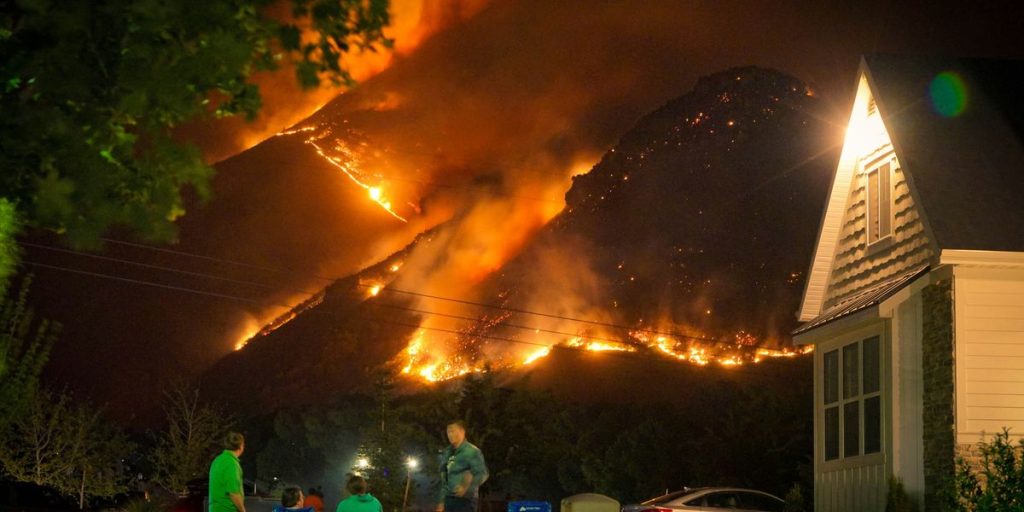AI Emerges as Vital Tool in Combating Misinformation During Natural Disasters
In the chaotic aftermath of natural disasters, the spread of misinformation can exacerbate an already dire situation, hindering rescue efforts, fueling panic, and jeopardizing lives. As emergency responders grapple with the challenges of providing accurate and timely information, artificial intelligence (AI) is emerging as a powerful tool in the fight against misinformation. Recent research indicates that AI systems, leveraging natural language processing, machine learning, and real-time monitoring, can effectively detect and track false claims during crises, potentially saving lives and improving disaster response.
A recent study by the International Institute for Applied Systems Analysis (IIASA) highlights the potential of AI in combating misinformation during natural disasters. The study showcases how AI-powered tools can rapidly scan social media platforms and news outlets for misleading content, identifying patterns and anomalies that indicate misinformation. By analyzing vast amounts of data in real-time, these tools can flag potentially harmful false narratives before they gain widespread traction, enabling emergency responders to swiftly address and counter them. This proactive approach can significantly mitigate the negative impact of misinformation, ensuring that accurate and reliable information reaches affected communities.
While the potential of AI in disaster response is undeniable, its effectiveness is not without limitations. Cultural language nuances, evolving disinformation tactics, and public trust pose significant challenges to the widespread adoption of AI-powered misinformation detection tools. Language barriers and cultural contexts can make it difficult for AI systems to accurately interpret and classify information, particularly in multilingual disaster zones. Additionally, the ever-evolving nature of disinformation tactics requires constant adaptation and refinement of AI algorithms to stay ahead of malicious actors. Public skepticism towards AI and concerns about data privacy and algorithmic bias also present barriers to adoption, underscoring the need for transparency and accountability in the development and deployment of these tools.
Despite these challenges, researchers believe that AI can significantly improve decision-making during crises by ensuring accurate and timely information reaches those affected. Nadejda Komendantova, the lead researcher of the IIASA study, emphasizes the potential of AI to enhance situational awareness and optimize resource allocation during disasters. By providing real-time insights into the spread of misinformation and public sentiment, AI can help emergency responders prioritize their efforts, direct resources more efficiently, and tailor communication strategies to specific needs. Past crises, such as Hurricane Harvey and the Haiti earthquake, have demonstrated the value of real-time data analysis in improving disaster response, suggesting that AI can play a crucial role in future events.
However, the success of AI-powered misinformation detection hinges on addressing public skepticism and ensuring equitable access to these technologies. Building public trust requires transparency in how AI systems are developed and deployed, as well as clear communication about their capabilities and limitations. Addressing concerns about algorithmic bias and data privacy is equally crucial, particularly in vulnerable communities. Ensuring that AI tools are accessible to all, regardless of their socioeconomic status or technological literacy, is essential to maximizing their impact and promoting equity in disaster response.
In conclusion, the rapid spread of misinformation during natural disasters poses a significant threat to public safety and hinders effective response efforts. AI emerges as a powerful tool in combating this challenge, offering the potential to detect and track false narratives, improve situational awareness, and optimize resource allocation. While challenges such as cultural language nuances, evolving disinformation tactics, and public skepticism remain, researchers are optimistic about the transformative potential of AI in disaster response. Addressing these challenges through transparent development, responsible deployment, and equitable access will be crucial to realizing the full potential of AI in saving lives and mitigating the impact of natural disasters. By integrating AI into disaster management strategies, we can enhance our ability to respond effectively to crises, protect vulnerable populations, and build more resilient communities in the face of natural disasters.


